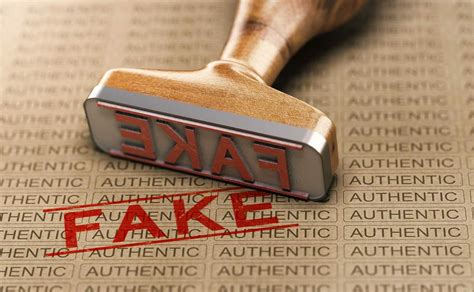How to Identify Fake Electronics: A Comprehensive Guide
1. What Are the Common Signs of Fake Electronics?
Identifying counterfeit electronics can be challenging. However, several common signs can help consumers spot fakes.
First, examine the packaging. Authentic products often have high-quality packaging, while counterfeit items may show poor printing or flimsy materials. Look for:
- Spelling errors
- Poor quality control marks
- Inconsistent logos
Next, check the serial number. Genuine electronics come with a unique serial number that can often be verified on the manufacturer’s website. If you can’t find it, be cautious.
Another red flag is the price. If a deal seems too good to be true, it probably is. Research the typical market price for the item.
Inspect the product itself. Look for:
- Unusual weight (too light or too heavy)
- Poor build quality
- Missing or unclear brand markings
Finally, review customer feedback. If a product has numerous complaints about its authenticity, it’s wise to steer clear.
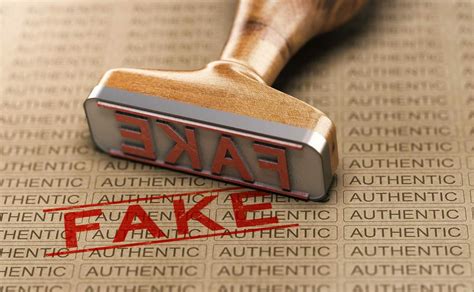
By following these tips, you can better protect yourself from purchasing counterfeit electronics.
2. How Can You Verify the Authenticity of a Product?
Verifying a product’s authenticity is crucial before making a purchase. Here are steps to take:
- Check the manufacturer’s website for product details.
- Contact customer service for assistance in verifying the serial number.
- Look for third-party certification logos, which indicate the product has been tested for quality.
Another method is to use specialized apps designed to scan barcodes and provide information about the product. Additionally, reputable sellers will provide receipts and proof of purchase.

By utilizing these methods, consumers can significantly reduce the risk of buying counterfeit items.
3. Where Can You Find Reliable Reviews of Electronics?
Reliable reviews are essential for assessing the quality of electronics. Here are some trusted sources:
- Official retailer websites
- Consumer advocacy groups
- Technology blogs and websites (e.g., CNET, TechRadar)
Additionally, platforms like Amazon often feature verified purchase reviews, which can provide insights into the product’s authenticity and performance.
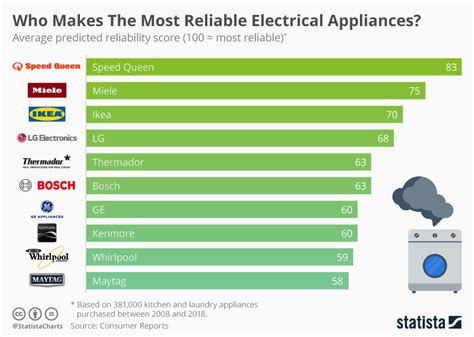
When reading reviews, look for patterns—multiple reviewers mentioning the same issues can indicate a problem with the product.
4. What Should You Do if You Buy a Fake Product?
If you discover that you’ve purchased a fake electronic device, take immediate action:
- Contact the seller for a refund or exchange.
- Report the incident to the platform where you made the purchase.
- File a complaint with consumer protection agencies.
Keep all documentation, including receipts and communication with the seller. This evidence will support your case.
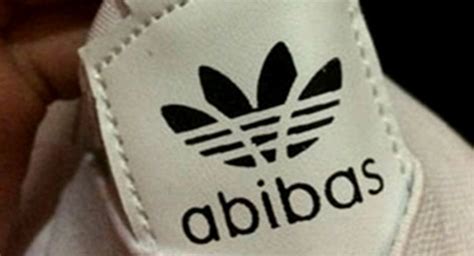
Raising awareness about counterfeit electronics is crucial to protecting other consumers.
5. Are There Specific Brands Known for Counterfeit Products?
Yes, certain brands are more frequently targeted by counterfeiters. High-demand electronics brands often face issues with fake products. Some of these brands include:
- Apple
- Samsung
- Microsoft
- Beats
These products are often imitated because of their popularity. Consumers should be particularly vigilant when purchasing items from these brands.

Research and verify the seller when buying high-demand brands to avoid counterfeits.
6. How Can You Identify Counterfeit Charging Accessories?
Charging accessories, like cables and adapters, are common targets for counterfeiting. To identify fakes:
- Check the logo and branding on the accessory.
- Examine the build quality; counterfeit items often feel cheap.
- Test compatibility with your device.
Furthermore, examine the packaging for any discrepancies in design and spelling.
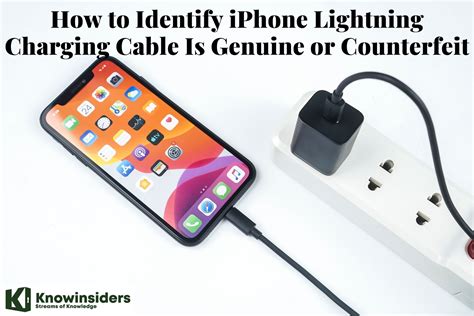
Using genuine accessories is crucial for device safety and performance.
7. What Legal Actions Can You Take Against Sellers of Fake Electronics?
Consumers have several legal options if they purchase counterfeit electronics:
- File a complaint with the Better Business Bureau.
- Contact local law enforcement if you believe you’ve been defrauded.
- Consult with a lawyer to explore civil actions against the seller.
Keep detailed records of all transactions and communications related to the purchase.

Understanding your rights can empower you to take action against counterfeit sellers.
8. What Are the Consequences of Purchasing Fake Electronics?
Buying counterfeit electronics can have serious consequences:
- Financial loss: Counterfeit products often fail quickly, leading to repeated purchases.
- Safety risks: Many fake electronics do not meet safety standards.
- Impact on warranty: Authentic warranties may be voided if counterfeit products are used.
Consumers should weigh these risks before making a purchase.
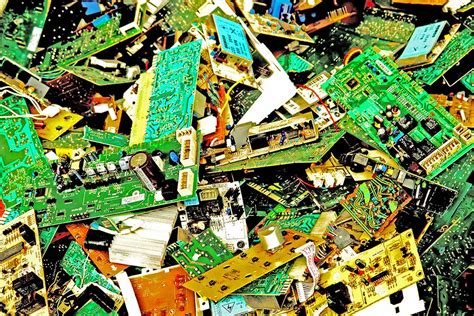
Being informed helps in making safer purchasing decisions.
9. How to Educate Yourself About Electronics Counterfeiting?
Educating yourself about counterfeiting is vital in today’s market. Here are ways to learn more:
- Follow industry news and reports on counterfeiting.
- Participate in online forums and discussions about electronics.
- Attend workshops or webinars focused on consumer awareness.
Staying informed can help you recognize potential counterfeits more effectively.
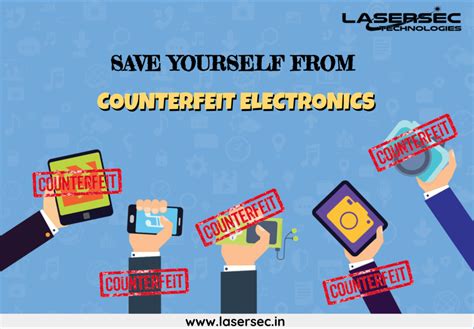
Knowledge is your best defense against counterfeit electronics.
10. What Resources Are Available for Reporting Counterfeit Electronics?
There are several resources available for reporting counterfeit electronics:
- Consumer Product Safety Commission (CPSC)
- Internet Crime Complaint Center (IC3)
- Local law enforcement agencies
Additionally, some manufacturers have dedicated hotlines for reporting counterfeit products.
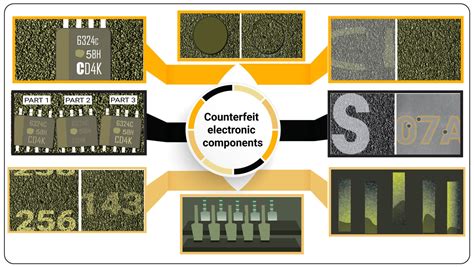
Utilizing these resources helps in combating the counterfeit market.
Summary Table
| Question | Key Points |
|---|---|
| Common Signs of Fake Electronics | Check packaging, serial numbers, price, and product quality. |
| Verifying Product Authenticity | Check websites, contact customer service, use barcode apps. |
| Reliable Reviews of Electronics | Use official retailers, advocacy groups, and tech blogs. |
| What to Do if You Buy a Fake Product | Contact seller, report, keep documentation. |
| Brands Known for Counterfeit Products | Popular brands like Apple, Samsung, Microsoft. |
| Identifying Counterfeit Charging Accessories | Check branding, build quality, and compatibility. |
| Legal Actions Against Sellers of Fake Electronics | File complaints, contact law enforcement, consult a lawyer. |
| Consequences of Purchasing Fake Electronics | Financial loss, safety risks, warranty impact. |
| Educating Yourself About Electronics Counterfeiting | Follow news, participate in forums, attend workshops. |
| Resources for Reporting Counterfeit Electronics | CPSC, IC3, local law enforcement. |

